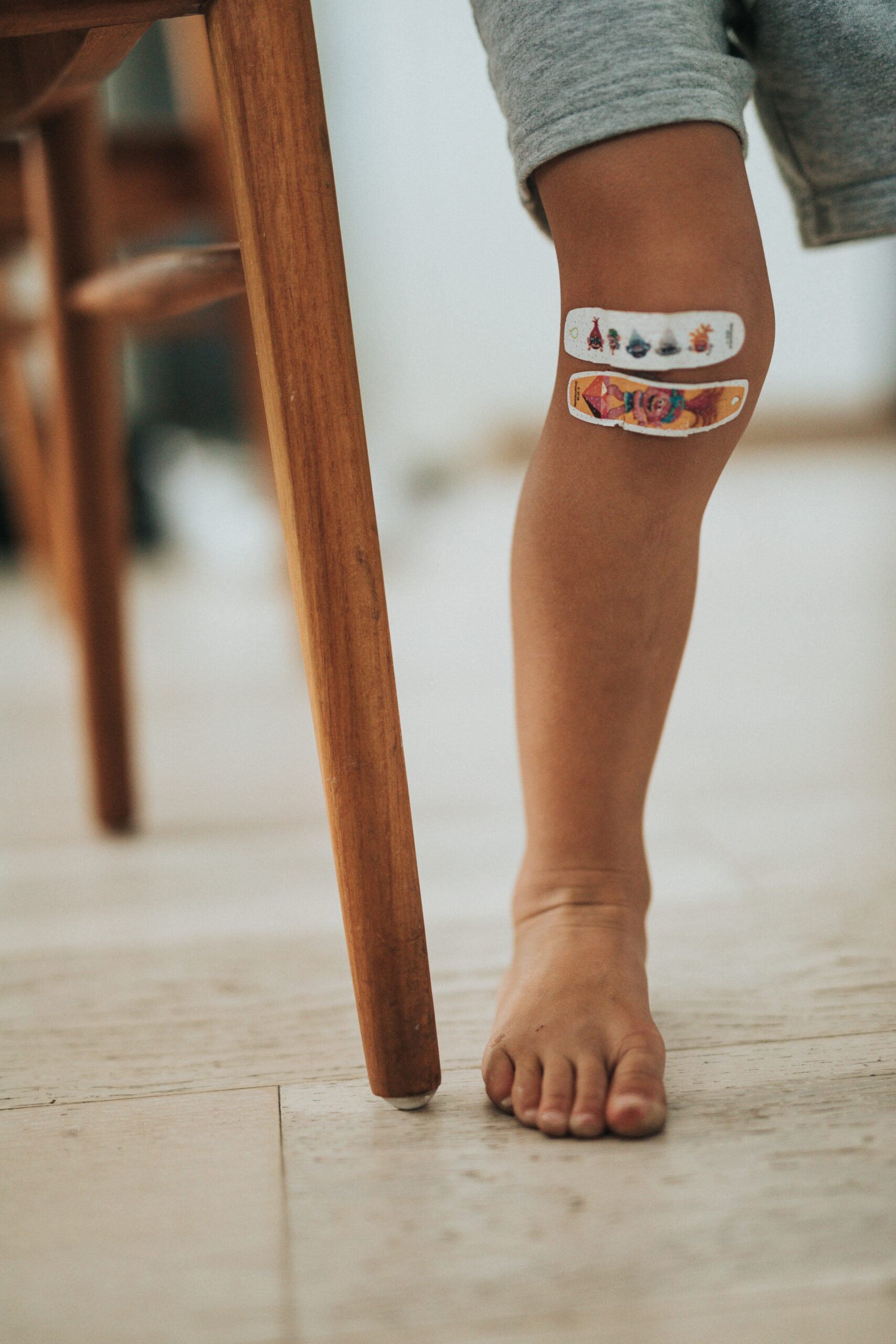Child Injury Research Community

University of Bristol: Alan Emond
Cardiff University: Alison Kemp (PI), Michael Jones
University of Exeter: Philippe.G.Young
Background
Infants and young children account for a third of the 200,000 annual hospital admissions for children with head injury. An estimated 10% have traumatic brain injury (TBI), 30-50% will suffer abusive head trauma. Long-term morbidity is high at a crucial time of rapid brain development. Those who sustain minimal brain damage or post concussion syndrome can have life-long emotional, behavioural and cognitive problems.
The infant brain and skull have different properties to older children or adults and present specific research challenges that are currently unmet. No single academic discipline or institution has the expertise, infrastructure or skills to understand the biomechanics of infant head injury and its clinical consequences. The mechanical parameters/thresholds that influence the severity, location and type of intracranial injury could be better understood from sophisticated computational modelling, informed by epidemiology, clinical and biomechanical parameters and enable
- targeted investigations
- prevention strategies
- improved management, treatment, rehabilitation and prognosis
- differentiation of abusive from accidental head injury,
Currently Child Health clinical academics and Biomedical Engineering colleagues at Cardiff University (CU) collaborate around the biomechanics of infant head injury and its clinical impact. The Computational Mechanics department at University of Exeter provide engineering software assistance to this project. The Child Health team (CU) have a longstanding collaboration in childhood head injury epidemiology with academics at Bristol University and clinicians in University of Bristol Hospital Trust.
This proposal seeks to synergize this expertise across GW4.
Project summary
The community held two facilitated research workshops to allow GW4 academics and clinicians to understand the research expertise and skills within the group, and to build interdisciplinary collaborations focused on the research challenges in this area. The academic disciplines involved in the Child Injury Research Community (CIRC) bring new technologies to the understanding of child head injury. Over the award, the community discussed research to date, identified other resources, data and methodologies to bring into the community, and planned a future research agenda and direction. This included new imaging modalities to inform engineering head form design, new prospects for tissue material properties and links with national cohort studies and baseline datasets. The community applied for funding to continue their collaborative research.





